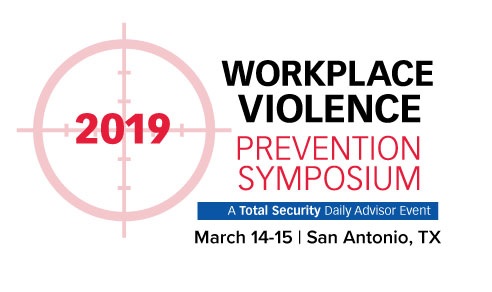Amid an uptick in workplace shootings, the American Society of Safety Professionals (ASSP) has created a new technical report containing guidelines for employers to prevent and respond to incidents of workplace violence.
The report, How to Develop and Implement an Active Shooter/Armed Assailant Plan (ASSP TR-Z590.5), lays out steps for employers to cover all aspects of workplace violence prevention and response:
- Assessing risks,
- Developing a comprehensive prevention plan,
- Training and communicating with employees,
- Responding to an incident,
- Developing post-incident procedures, and
- Conducting ongoing program audits.
Occupations at Risk
Nearly 2 million American workers report having been victims of workplace violence each year, according to the Labor Department’s Occupational Safety and Health Administration (OSHA).
OSHA says that especially vulnerable occupations include:
- Workers who exchange money with the public,
- Delivery drivers,
- Healthcare professionals,
- Public service workers,
- Customer service agents,
- Law enforcement personnel, and
- Those who work alone or in small groups.
Healthcare and social assistance workers have the highest risk for workplace violence resulting in days away from work, according to the Centers for Disease Control and Prevention’s (CDC) National Institute for Occupational Safety and Health (NIOSH). While violence can occur in any workplace, affecting any type of worker, workers in sales, protective services, and transportation face a greater risk of fatal workplace violence, NIOSH says.

Last chance to join us at the 2019 Workplace Violence Prevention Symposium, taking place next week, March 14-15, in San Antonio, Texas!
Upward Trend
ASSP points to two decades of Federal Bureau of Investigation data showing a recent uptick in workplace shootings. Active shooter scenarios reached an all-time high of 30 in 2017, according to ASSP, up 50 percent from the previous year. The number of deaths from workplace shootings in 2017 was 729, more than three times the previous high of 214 deaths in 2016.
No industry or location is without risk, ASSP says, pointing to reports of shootings at churches, manufacturing plants, night clubs, schools, and shopping centers.
ASSP’s guidance on developing an active shooter/armed assailant plan covers five steps:
- Determining workplace vulnerabilities;
- Hardening the site with badge entry systems and security cameras;
- Training staff through tabletop drills, tactical drills, and practice sessions;
- Coordinating with local emergency response agencies, inviting firefighters, police officers, and other first responders to tour the facility to familiarize themselves with the site; and
- Handling post-incident issues, such as creating a business continuity plan in case the facility must remain closed while law enforcement agencies process the crime scene.
Prepare for Likely Incidents
Random terrorist attacks, however newsworthy, are rare events. Employers should know that acts of violence at their facilities are most likely to be carried out by a:
- Robber or criminal;
- Client, patient, or customer;
- Current or former employee; or
- Relative or domestic partner of an employee.
Safety managers should focus on these possibilities to better prepare their organizations. Employers should train their workers to recognize potential threats and early warning signs and know how to report them.
ASSP’s technical report, which is registered with the American National Standards Institute, was a collaborative work, involving more than 30 professionals drawn from corporate safety compliance, industrial security and law enforcement.

